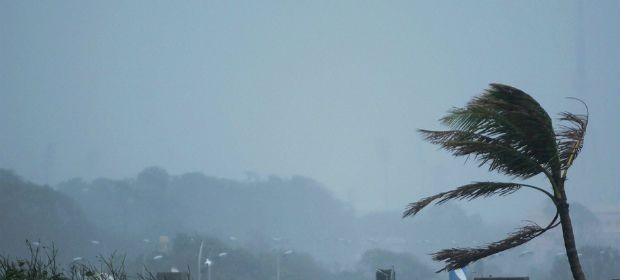Preventing and controlling infectious diseases after natural disasters such as Hudhud

Beyond damaging and destroying physical infrastructure, natural disasters can lead to outbreaks of infectious disease. In this article, two UNU-IIGH researchers and colleagues review risk factors and potential infectious diseases resulting from the secondary effects of major natural disasters that occurred from 2000 to 2011, classify possible diseases, and give recommendations on prevention, control measures and primary healthcare delivery improvements.
♦ ♦ ♦
Over the past few decades, the incidence and magnitude of natural disasters has grown, resulting in substantial economic damages and affecting or killing millions of people. Recent disasters have shown that even the most developed countries are vulnerable to natural disasters, such as Hurricane Katrina in the United States in 2005 and the Great Eastern Japan Earthquake and tsunami in 2011. Global population growth, poverty, land shortages and urbanization in many countries have increased the number of people living in areas prone to natural disasters and multiplied the public health impacts.
Natural disasters can be split in three categories: hydro-meteorological disasters, geophysical disasters and geomorphologic disasters.
After a natural disaster
The overwhelming majority of deaths immediately after a natural disaster are directly associated with blunt trauma, crush-related injuries and burn injuries. The risk of infectious disease outbreaks in the aftermath of natural disasters has usually been overemphasized by health officials and the media, leading to panic, confusion and sometimes to unnecessary public health activities.
The prolonged health impact of natural disasters on a community may be the consequence of the collapse of health facilities and healthcare systems, the disruption of surveillance and health programmes (immunization and vector control programmes), the limitation or destruction of farming activities (scarcity of food/food insecurity), or the interruption of ongoing treatments and use of unprescribed medications.
The risk factors for increased infectious diseases transmission and outbreaks are mainly associated with the after-effects of the disasters rather than to the primary disaster itself or to the corpses of those killed. These after-effects include displacement of populations (internally displaced persons and refugees), environmental changes and increased vector breeding sites. Unplanned and overcrowded shelters, poor water and sanitation conditions, poor nutritional status or insufficient personal hygiene are often the case. Consequently, there are low levels of immunity to vaccine-preventable diseases, or insufficient vaccination coverage and limited access to health care services.
Image Credits : Deccan Chronicle
